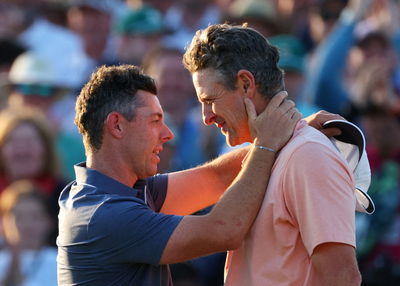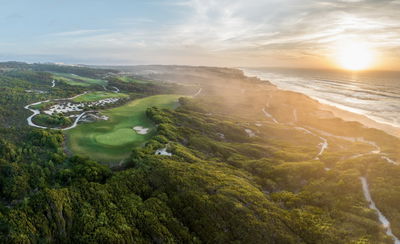R&A and USGA say long hitting needs to be slowed to save the sport
The R&A and USGA say "potential changes to the equipment rules" may be enforced to better the future of golf.
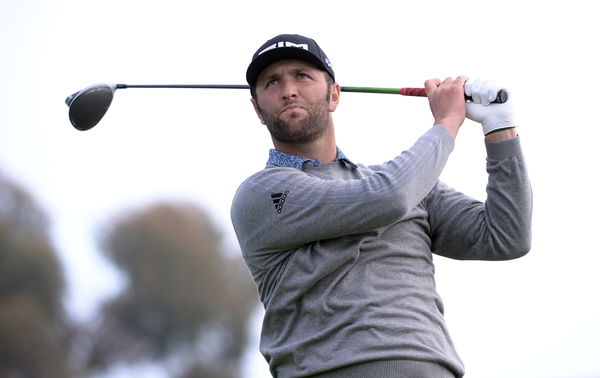
Golf's governing bodies are concerned that the yearly increase in hitting distance is damaging for the sport and may need to be slowed down, in order to better the future of the game.
In a recent publication of the Distance Insights Project Report suggests that changes may need to be put in place in order to slow down the rapid increase in driving distance, that seems to be growing every year.
This may be done by altering club and ball specifications, while local rules could also be introduced at certain clubs and competitions.
The report stated that in a 1995 driving distance report that featured the top 20 biggest hitters in elite males averaged a driving distance of 278 yards, compared to last year's number of 310 yards.
Club manufacturers like TaylorMade and Callaway, invest millions of pounds into having state of the art equipment and technology that helps them produce long-hitting drivers year after year, which could be a barrier within the potential plans, as everyone will need to be on board in order to make this work.
"This will only be achieved if the whole industry comes together to make sure the game is thriving 50 years from now," R&A chief executive Martin Slumbers told BBC Sport.
Many people believe that distance is killing the game as players no longer feel the need to work their way around the course and play some of the types of shot you may have seen 20 years ago.
"Longer distances, longer courses, playing from longer tees and longer times to play are taking golf in the wrong direction," the report states.
"Golf will best thrive over the next decades and beyond if this continuing cycle of ever-increasing hitting distances and golf course lengths is brought to an end."
The continuous routine of making courses longer in order to make them more challenging also has a negative impact on the environment, while it also costs more in maintenance.
Two key takeaways from the report were that "potential changes to the equipment rules" may be necessary, as well as "consider whether any existing specifications should be adjusted or any new specifications should be created to help mitigate the continuing distance increases".
Graeme McDowell, a player known for his consistent accuracy off the tee, recently told GolfChannel.com that he thinks something definitely needs to be done to slow down the growing numbers in driving average.
“When it starts to affect the integrity of some of the greatest courses in the game, where you don’t have a lot of real estate left to make changes, there’s a problem,” McDowell told GolfChannel.com. “To me, when they moved the 17th tee at the Old Course, I was like, 'Is that necessary?' It’s one of the most iconic tee shots in the world.”
“If this continues, continues, continues, and we fast forward into the future, it could become silly,” he said. “I guess I generally agree with [the project’s conclusion]. I don’t think we want to continue the way we are going. It really needs to stop somewhere.”
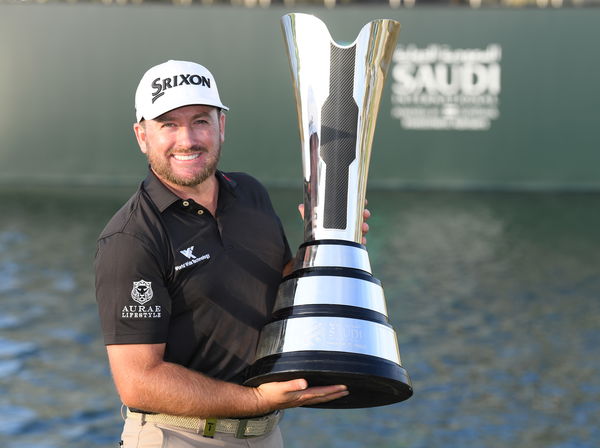

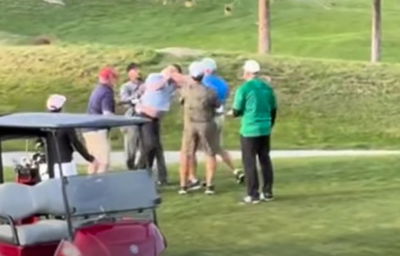
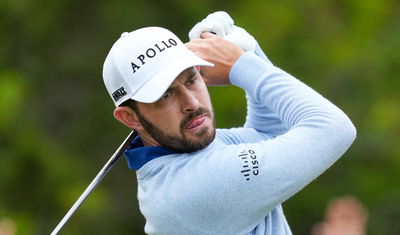

![Wesley Bryan [The Duels: Miami]](https://cdn.golfmagic.com/2025-04/bryan22222.jpg?width=400)
